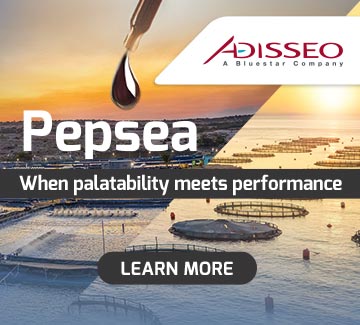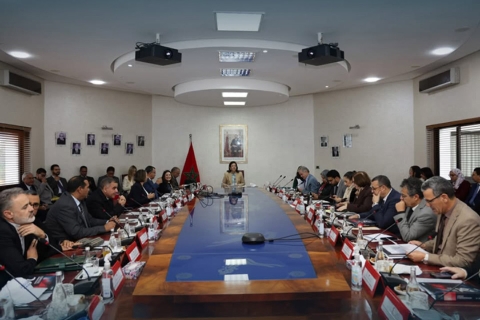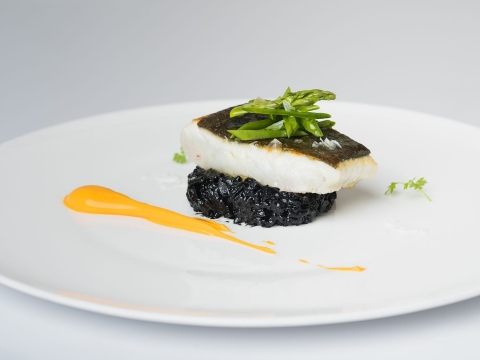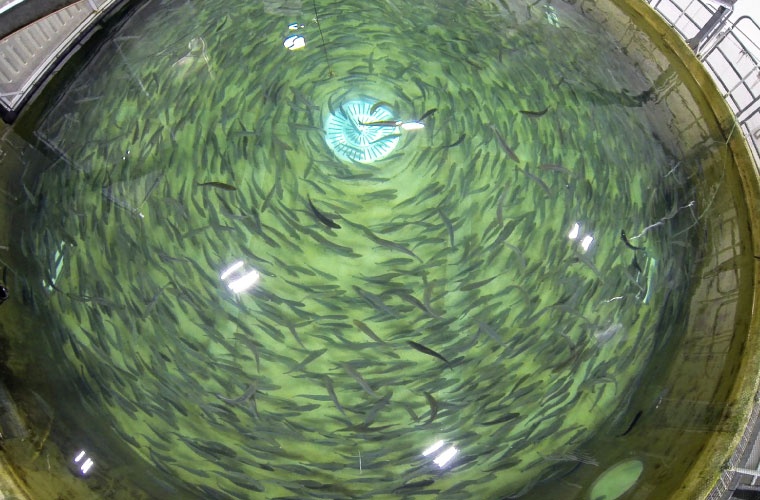
As the aquaculture industry shifts towards more sustainable and efficient solutions, RAS systems have gained prominence due to their ability to reduce water usage and minimise environmental impact. However, these closed systems require much stricter water quality management, leading feed manufacturers to continually innovate their formulations to adapt to these new systems.
The challenge lies in designing feeds that not only promote optimal fish growth but also reduce the accumulation of waste and nutrients, such as nitrogen, phosphorus, and zinc, which can unbalance the system and negatively impact both the fish and the aquatic environment.
At the same time, this represents a great opportunity to develop highly specialised diets that improve feed efficiency, reduce waste, and support the long-term sustainability of aquaculture.
In RAS systems, biological and mechanical filtration systems are the most crucial components for productive efficiency. These systems become overloaded with excess nutrients and faeces, requiring more frequent maintenance, which increases costs and reduces productivity.
Nitrogen typically accumulates as ammonia, which is toxic at high levels. In its ionic form, it interferes with the fish’s ability to excrete ammonia through their gills, leading to physiological stress, slower growth, and, in extreme cases, death.
Excess phosphorus, on the other hand, can contribute to algal blooms and negatively affect water quality, which can also impact fish health and the performance of filtration systems.
Zinc is a heavy metal that can be toxic at high concentrations, and its accumulation in sediments can affect aquatic organisms.
The importance of specialised feed manufacturers for RAS systems
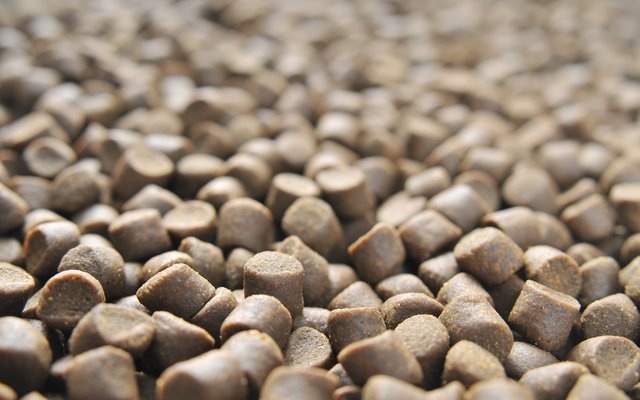
It is essential to have feed manufacturers with specific product lines for these systems. These feeds are typically characterised by greater faecal stability and particle elimination, which helps reduce the load on the biofilter, optimising performance and minimising environmental impact.
The type of ingredients and their source is one of the key considerations, as they need to be highly digestible and bioavailable.
For example, proteins are the main sources of nitrogen. If diets have a high protein content, fish may not fully metabolise it, leading to excretion in the form of ammonia, which accumulates in the water.
Phosphorus is found in both animal and plant-based ingredients, with the latter being linked to phytates, which are difficult for fish to digest, increasing its excretion.
The mechanical properties of the feed, related to how it is produced, are also important. The pellet size affects how fish feed and the amount of waste. A pellet that is too large or too small for a particular species can result in uneaten food, increasing organic matter in the system.
The pellet's density is also important, as it must either float or sink depending on the species. Good availability reduces waste and ensures that fish consume most of the feed before it decomposes in the water.
Feeds specifically designed for RAS systems are formulated to enhance the binding capacity of faecal particles, meaning they promote stable faeces. Furthermore, feeds with a good particle-binding profile reduce the amount of suspended dust in the water, in turn reducing filter activation frequency and improving filtration system efficiency.
In conclusion, feed specifically manufactured for an RAS system and a particular species enables fish farmers to improve system efficiency, fish health, water quality, and environmental and economic sustainability. For this reason, it is advisable to source feed from companies experienced in these systems.

